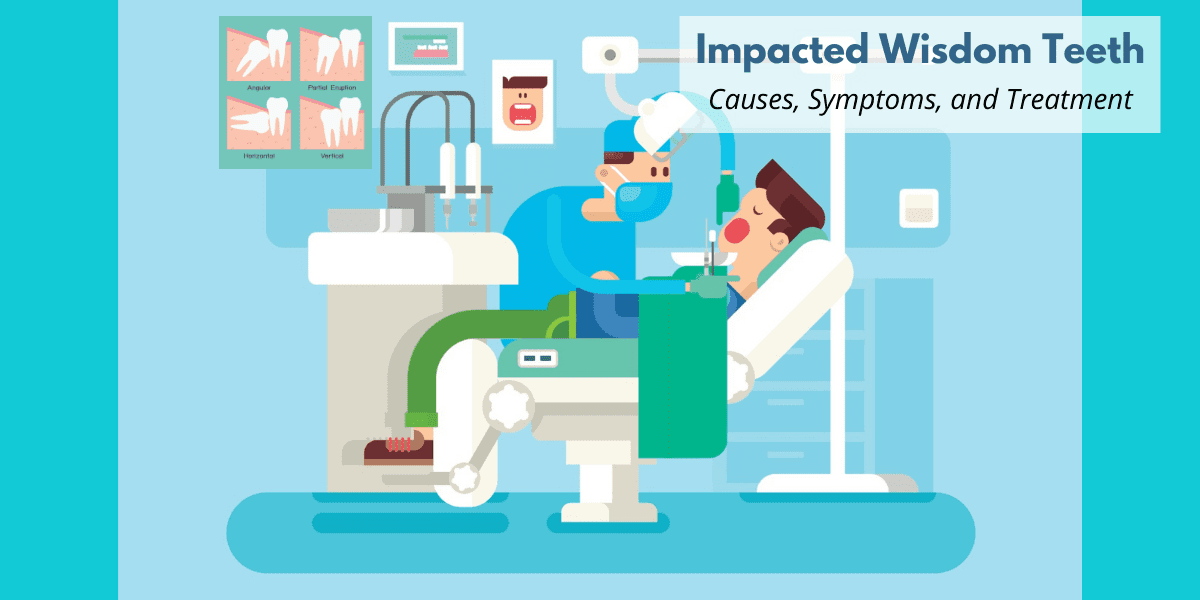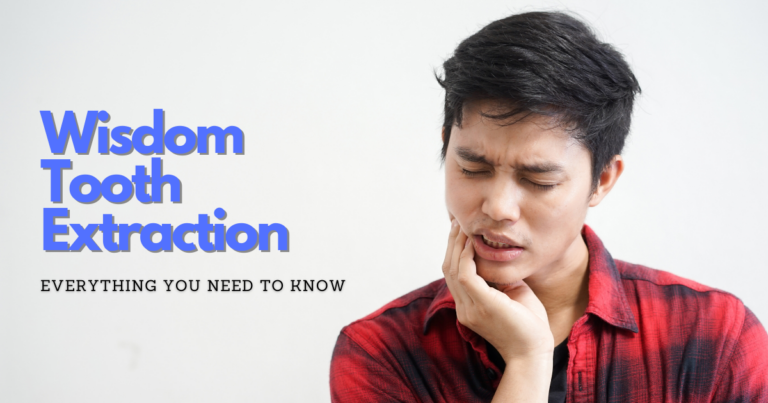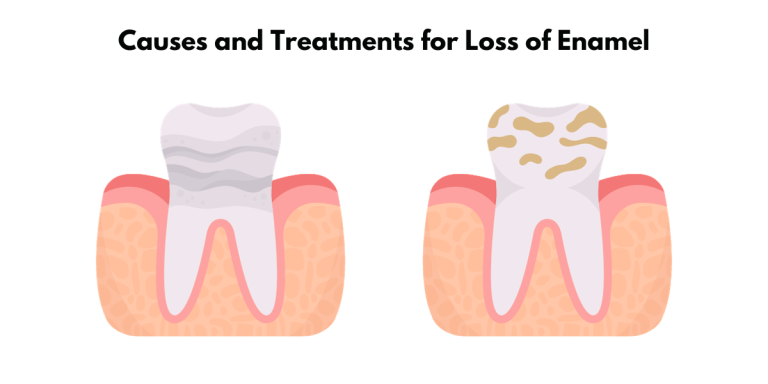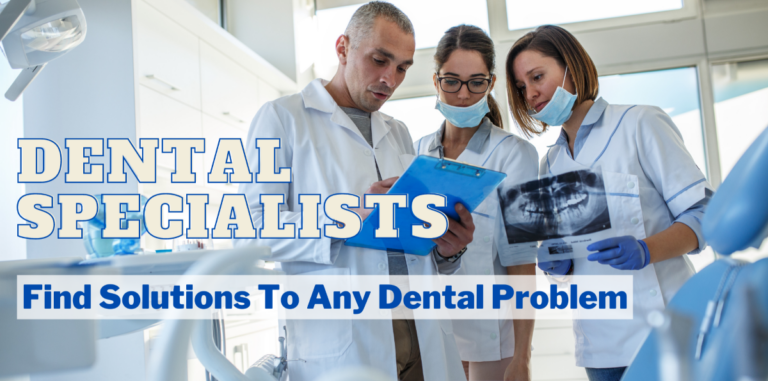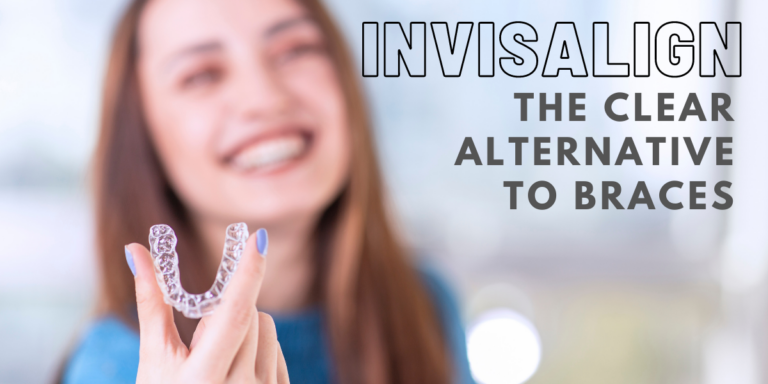Causes, Symptoms, and Treatment Options For Impacted Wisdom Teeth
Impacted Wisdom Teeth
Impacted wisdom teeth are teeth that have grown beyond the normal length and width of a tooth. They can cause pain, swelling, difficulty chewing, increased risk for infection, and other problems.
Read on to learn about the causes, symptoms, and treatment options for impacted wisdom teeth.
What is an impacted wisdom tooth?
An impacted wisdom tooth is a term used to describe teeth that have become impacted. Impacted wisdom teeth can cause pain and are often signs of a tooth infection between the gum and bone.
A dentist or doctor will remove an impacted wisdom tooth if it has become painful, infected, or poses other complications. A second surgery might be necessary if any of these symptoms occur after treatment for another symptom.
An impacted wisdom tooth is a wisdom tooth that has not erupted from the gum. It’s most common in people aged 20 to 25, but it can also be found in children and adolescents as well as adults older than 40. Impacted teeth are more likely to cause problems with your other teeth because they often grow sideways instead of straight up or down as normal ones do.
Furthermore, impacted wisdom teeth result from an anomaly in bone growth. An inflammation or infection can cause this condition to occur frequently and with much pain. The most common symptoms that people experience include swelling, fever, and itching around the jawline with tooth damage.
The treatment options for this problem vary depending on which type it is – whether an abscessed tooth causes it or if there has been trauma during dental work, such as a root canal procedure gone wrong.
Do all wisdom teeth need extracting?
Impacted wisdom teeth are impacted teeth that have grown into the gum tissue and cannot be removed without causing pain to the patient. Removing an impacted tooth before it causes problems for young adults is beneficial to prevent future oral health issues like jaw infections or dental nerve damage. Removing impacted wisdom teeth at a younger age is recommended for faster recovery.
The answer to this question is probably not. For wisdom teeth, which emerge later in life, removal may be necessary for crowding or infection.
Some people have a third molar or wisdom tooth that is impacted. Is it necessary to extract this tooth? If so, what are the benefits and risks of doing so? All wisdom teeth should be extracted if they become infected or impact nearby teeth.
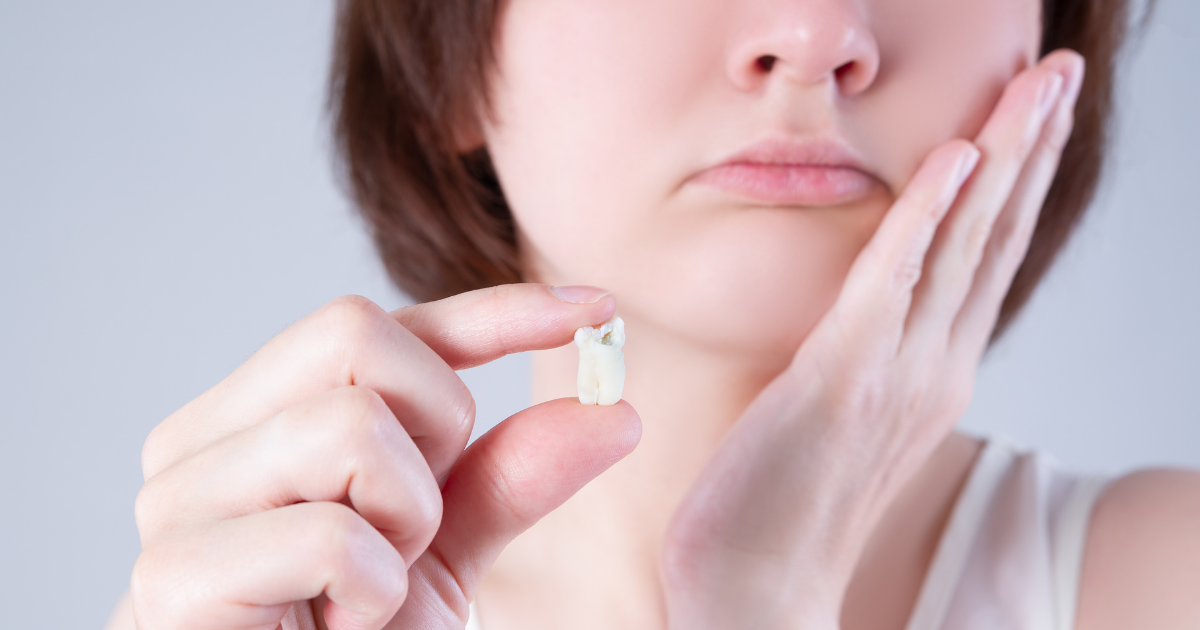
Types of impacted wisdom teeth
Impaction is when a tooth can’t erupt properly and needs to be removed. Impacted wisdom teeth are not necessary for grinding food, so they have evolved. In some cases, the tooth will need to be dislodged from its attachment to allow it to come out on its own. In other cases, the entire impacted tooth will need removal if there is full impaction or partial impaction of the area where it would normally come through.
Wisdom teeth are typically impacted, meaning they have not completely broken through the gum tissue. In some cases, impacted wisdom teeth can cause pain and other symptoms such as aching jaw or toothache.
There are four types of impacted wisdom teeth:
Mesial
A mesial impaction is the most common type of wisdom teeth impaction. Mesial impacts can occur in any location on the roots or crowns, but they are more likely to happen at the root apex. They often cause pain and tenderness within the impacted tooth when chewing or eating certain types of food.
When the bone is broken, it can become misaligned, which may cause a lot of pain. This type of injury happens in people involved in serious car accidents or who have been shot and hit their head on something hard. Mesial refers to the middle of a bone; it is also used in anatomy.
Vertical
Impacted wisdom teeth are impacted teeth that can impact the jawbone, contact nerves and blood vessels, cause pain, and sometimes even lead to infection. It is important to understand the patient’s impacts before deciding on a treatment option.
Vertical extraction is a procedure in which an erupted tooth exerts pressure on the root next to it and causes it to become inflamed. It can cause pain, swelling, and bleeding around the eruption area.
Horizontal
Impacted wisdom teeth are horizontal, impacted between the upper front teeth and lower front teeth. Horizontal impactions often cause intense pain when they contact the roots of other healthy teeth or gum tissue.
Horizontal wisdom teeth can cause pain, damage to adjacent teeth, and gum disease. The only way for these affected individuals to avoid these consequences is by getting a surgical extraction.
Distal
Impacted wisdom teeth are most commonly found in the upper and lower jaws. Distal impaction occurs when there is a space between the tooth’s roots, which can cause pain, swelling of the gums, difficulty chewing or eating (dysphagia), and infection. There are three types of impacted wisdom teeth: distal impactions, central incisors with distal impactions, and lateral incisors with protruding roots.
The doctor needs to know the exact distal point of a fracture. Angular impaction is one type of distal impaction, which occurs when there is an abnormal angle between two bones in a joint.
Distal refers to the distance a tooth is from the root base. The greater this distance, it will be harder for extraction and may cause more harm than good if left untreated.
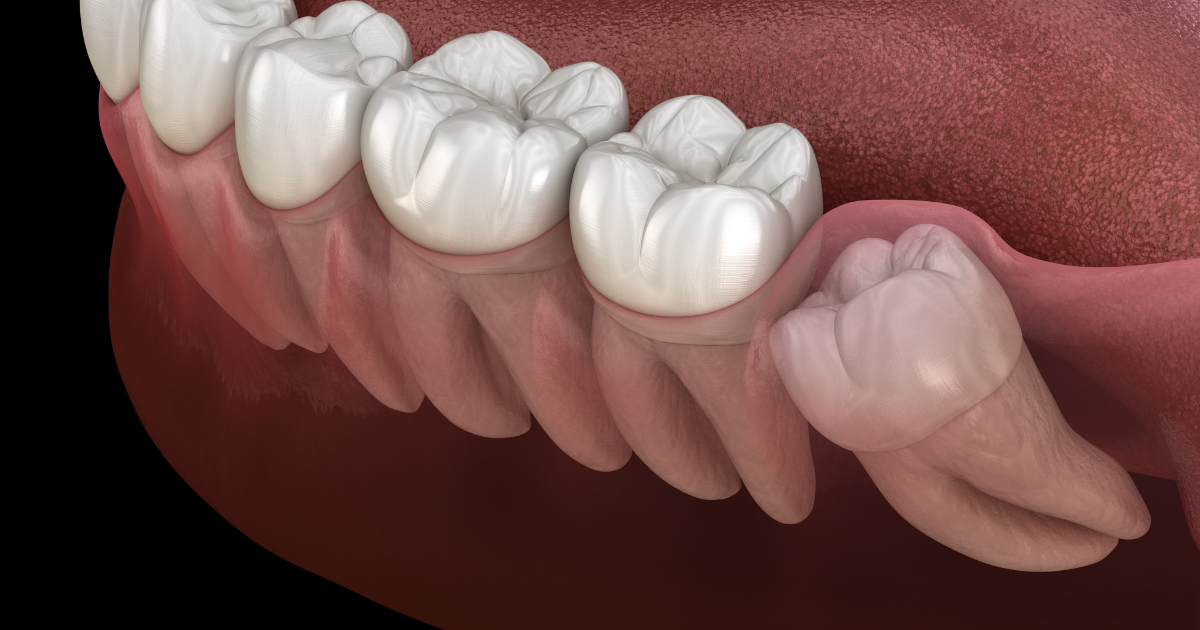
Impacted wisdom teeth symptoms
Impacted wisdom teeth are usually a result of trauma experienced by the tooth while it is developing in the jawbone. It can cause pain, swelling, and bleeding when brushing or flossing your teeth. However, most impacted wisdom teeth aren’t visible without an x-ray and often don’t require any treatment until they become inflamed or infected.
Impacted wisdom teeth are often difficult to detect because they may be under the skin’s surface. This can cause pain, swelling, and infection in some cases.
There is a possibility that impacted wisdom teeth will need to be removed due to complications such as decay or inflammation. However, several treatment options include extraction, root canal therapy, and laser ablation surgery if an abscess has formed around them.
Pain or sensitivity
The symptoms of impacted wisdom teeth include pain or sensitivity, and most commonly, a warning sign is that it hurts to chew. TMJ joint can cause sinus pain mistaken for allergies or an infection.
The pain and sensitivity felt by a person have impacted wisdom teeth. The jaw bone may feel the dull throb, while another sharp feeling can be experienced in other body areas such as on top or bottom teeth. There are deeper causes to address for people who have a lot of pain after having an impacted wisdom tooth removed from their mouths; therefore, one must consult with their dentist about what needs to happen next after surgery has been performed.
Pain is a subjective term that will vary from person to person. Wisdom teeth may mean an infection due to the swelling that accompanies them.
Shifting surrounding teeth
Impacted wisdom teeth are teeth that have grown so large that they’re trapped below the gum line. These symptoms include pain, swelling, and difficulty chewing. Around 1 in 100 people experience lasting damage from impacted wisdom teeth removal surgery, including adjacent teeth or temporomandibular joint pain.
One day, I noticed my tooth shifting in the back. If you notice that your teeth are moving or becoming loose, please consult a dentist immediately to prevent further complications.
Difficulty chewing due to bacterial growth and infection is a common dental issue. Malocclusion, or misalignment of corresponding teeth when the top back molars overlap with the bottom front incisors, can lead to tooth decay, gum disease, and oral cancer.
Bite that doesn’t fit together properly
Impacted wisdom teeth are a common problem. It is not uncommon to experience symptoms, such as a tooth shifting out of place that seems like nothing more than an annoyance at first. However, this can cause problems in the future, especially if it’s not addressed.
Wisdom teeth are the third set of molars found in adults. These teeth typically emerge around age 20, but sometimes they come out later or earlier than expected. If a wisdom tooth is not properly aligned with its surrounding jawbones and tissues, it can cause an infection that may require the removal of both bone and tissue from the mouth to prevent further complications.
When wisdom teeth are impacted or come out too late, the following symptoms may be experienced: discomfort in chewing and swallowing food, sensitivity to hot/cold temperatures inside the mouth, swelling tissues around the mouth, and pain.
Jaw pain or immobility
A patient suffering from jaw pain or immobility would likely have TMJ. TMJ results from an uneven bite, and when impacted, teeth cause pressure on one of the joints between the skull and jaw. Patients with wisdom teeth may suffer from inflammation in glands in their neck, shoulders, and head due to increased pressures caused by these teeth.
Jaw pain or immobility may be caused by a Temporomandibular joint disorder when the TMJ sticks and grinds. This can cause headaches, tooth grinding, jaw stiffness, or swelling. In some cases, this condition leads to impacted wisdom teeth that get trapped in the back of your mouth where they don’t have enough room to grow properly.
Jaw pain or immobility can be caused by several factors, including problems with teeth, temporomandibular joint dysfunction (TMJD), and the paranasal sinuses. Patients may experience sharp pain or discomfort when chewing or yawning; however, other patients may feel more constant dull aches.
Swelling or inflammation
Impacted wisdom teeth signs of infection include swelling, inflammation, or cause of mouth sores in the soft tissue. It can contribute to inflammation in the glands between the neck and shoulders, sinuses, and face.
The first three days are usually worse for most injuries in treating swollen gums and inflammation. However, some patients may continue to have pain up to two weeks after the injury has occurred. To not damage muscles or skin while they heal, a soft diet should be eaten during this period, and apply ice packs on sore areas every few hours until all symptoms go away.
When soaking in a warm bath, swelling or inflammation sometimes occurs. It is best to wrap the area in a towel and then soak for 15 minutes with cold water if this happens.
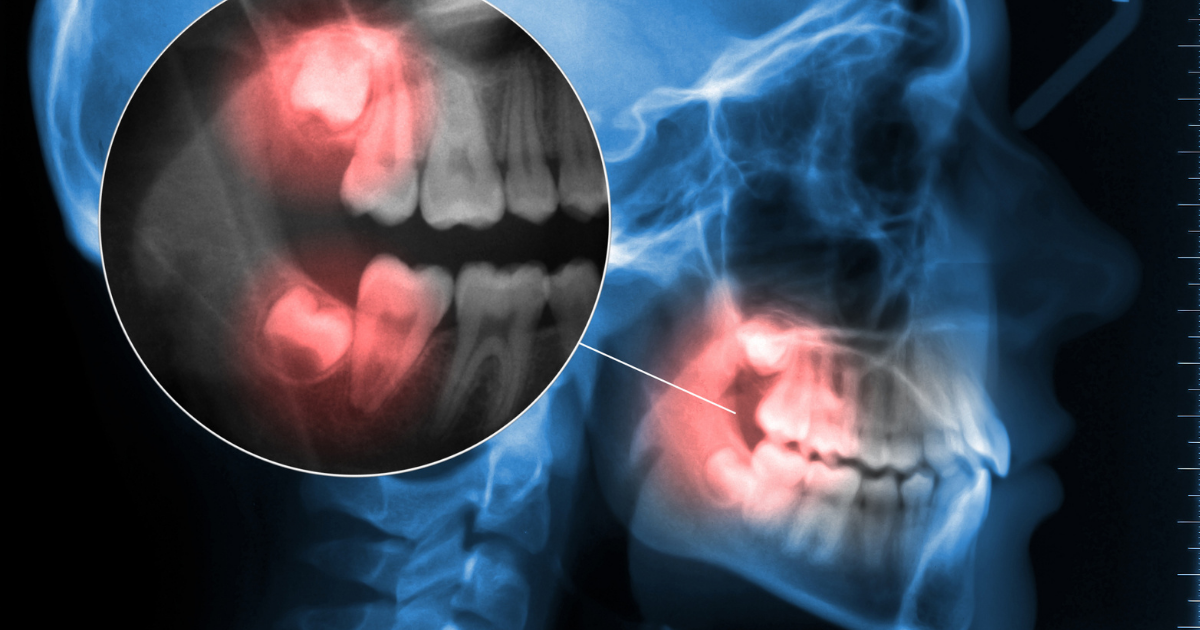
What causes an impacted wisdom tooth?
The cause of impacted wisdom teeth is not clearly understood. Some think that humans don’t need them anymore, but experts aren’t sure why they’re there either. The most common causes are orthodontic treatment and genetics. Orthodontists often recommend extraction when the tooth becomes too painful or unsalvageable due to the impaction of food particles on it, as well as a dentist’s inability to effectively clean it out and extract it without causing more damage than what was originally intended.
An impacted wisdom tooth is a problem in which the roots of a tooth become lodged behind other teeth. It can cause pain, swelling, and bleeding when it comes into contact with nearby gums or jawbone.
It may also be caused by trauma that occurred to the mouth during childbirth, oral surgery, or an accident involving another person’s braces.
Impacted wisdom teeth are more common among people who eat softer foods than harder ones because soft food requires less chewing effort from our body and doesn’t result in the same level of tooth wear.
The more common symptoms are pain, swelling, and bleeding, which impact wisdom teeth cause when they contact gums or jawbone.
Risk factors of impacted wisdom teeth
Impacted wisdom teeth are those impacted molars that remain in the posterior maxillary region. The risk factors for developing impacted wisdom teeth include age, family history, race, gender, and dental hygiene. Many people who have had an impacted wisdom tooth extracted post-operative report pain which can be effectively managed with ibuprofen.
The National Institute of Clinical Excellence (NICE) set guidelines to discontinue the removal of asymptomatic disease-free third molars in the UK National Health Service.
The risk factors of impacted wisdom teeth include the development of permanent damage and complications. Those who argue against a ban on wisdom teeth point out that surgery involves risks, costs, and complications.
They also note that there is no reliable research evidence to support prophylactic removal for patients to avoid developing problems associated with it.
Risk factors for developing impacted wisdom teeth include a decrease in the rate of post-operative periodontal disease on the second molar, the difficulty of surgery, and post-operative recovery time with age.
When removed before 25 years old, the increased risk is due to complications such as infection or bleeding, leading to permanent damage if left untreated.
One of the risk factors for impacted wisdom teeth is periodontal pathology. The Cochrane review found that surgical removal or retention of asymptomatic disease-free impacted wisdom teeth following a routine dental examination may increase the risk of developing future periodontal disease in adjacent 2nd molars by up to 3 times.
There was some evidence indicating that there are no benefits when removing asymptomatic, disease-free impacted wisdom teeth merely to prevent incisor crowding because it was found to be not reasonable.
Impacted wisdom teeth are considered a risk factor for periodontitis and an infection. If it is decided to retain asymptomatic disease-free impacted wisdom teeth, clinical assessment at regular intervals is advisable.
How is an impacted wisdom tooth diagnosed?
Impacted wisdom teeth are when the tooth becomes impacted because of a bone or other hard tissue. It’s an uncomfortable and sometimes painful condition that can lead to further problems with the surrounding teeth and mouth if not treated properly.
The first step in diagnosing this condition is to evaluate your mouth for any signs of impacted teeth, such as pain when biting or grinding food, swelling around one side or on one area of your face, or unusual facial features like an overbite or crooked jaw.
The dentist will need to look at your teeth and mouth to diagnose this condition. They’ll likely use x-rays or an endoscope if they think something is wrong with one of your impacted wisdom teeth.
A dental exam diagnoses an impacted wisdom tooth. The dentist will ask you about your symptoms, general health, and dental x-rays to determine the severity of an impacting tooth.
If not treated quickly enough, the examination can show signs of infection or bone loss damage.
- Dental Visits Transformed: Meet Ollie, the Dentist Therapy Dog Making Dental Visits a Walk in the Park 🐾 - February 16, 2024
- What is a Dental Exam and How Often Should You Have One? - September 11, 2023
- Dental Fluoride Treatment: The Best Way To Prevent Tooth Decay - August 31, 2022

